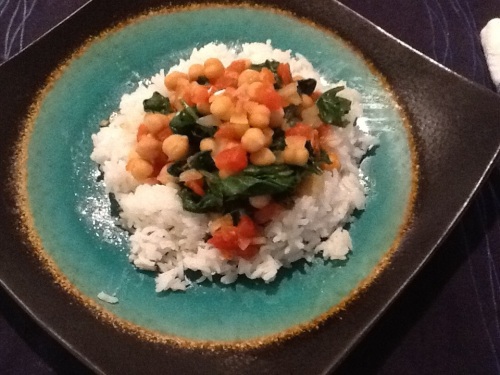A clip from The China Study, by T.Colin Campbell:
…..“Like most chronic diseases, diabetes shows up more often in some parts of the world than in others. This has been known for a hundred years. It has also been well documented that those populations with low rates of diabetes eat different diets than those populations with high rates of diabetes. But is that just a coincidence, or is there something else at work?
The Seventh-day Adventists population is a good example. They are an interesting group of people to study because of their dietary habits: their religion encourages them to stay away from meat, fish, eggs, coffee, alcohol and tobacco. As a result, half of them are vegetarian. But 90% of these vegetarians still consume dairy and/or egg products, thus deriving a significant amount of their calories from animal sources. It should also be noted that the meat-eating Adventists are not the meatiest of eaters. They consume about three servings of beef a week, and less than one serving a week of fish and poultry.
In dietary studies involving the Adventists, scientists compare “moderate” vegetarians to “moderate” meat eaters. This is not a big difference. Even so, the Adventist vegetarians are much healthier than their meat eating counterparts. Those Adventists that “deprived” themselves of meat also “deprived” themselves of the ravages of diabetes. Compared to the meat eaters, the vegetarians had about one-half the rate of diabetes. They also had almost half the rate of obesity.
Studies:
• Researchers found that increased fat intake was associated with an increased rate of Type 2 diabetes among 1,300 people in the San Luis valley in Colorado. They said, “The findings support the hypothesis that high-fat, low-carbohydrate diets are associated with the onset of non-insulin-dependent [Type 2] diabetes mellitus in humans.
• In the past twenty-five years, the rate at which children in Japan contract Type 2 diabetes has more than tripled. Researchers note that consumption of animal protein and animal fat has drastically increased in the past fifty years. Researchers say that this dietary shift, along with low exercise levels, might be to blame for this explosion of diabetes.
• In England and Wales the rate of diabetes markedly dropped from 1940 to 1950, largely during World War II when food consumption patterns changed markedly. During the war and its aftermath, fiber and grain intake went up and fat intake went down. People ate “lower” on the food chain because of national necessity. Around 1950, though, people gave up the grain-based diets and returned to eating more fat, more sugar and less fiber. Sure enough, diabetes rates started going up.
• Researchers studied 36,000 women in Iowa for six years. All were free of diabetes at the start of the study, but more than 1,100 cases of diabetes developed after six years. The women who were least likely to get diabetes were those that ate the most whole grains and fiber—those whose diets contained the most carbohydrates (the complex kind found in whole foods).
All of these findings support the idea that both across and within populations, high-fiber, whole, plant-based foods protect against diabetes, and high-fat, high-protein, animal-based foods promote diabetes.”
Previous China Study clip Here














